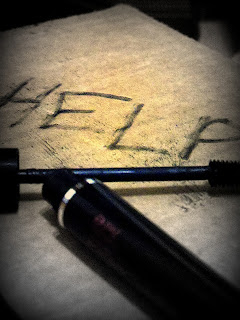Abused Women - Victims of Domestic Violence

Violence against women - photo by Breahn You may have read fiction with themes about women and children being abused or bullied. You may have read novels and not realised that what you were reading is a form of abuse towards women since many behaviours and phrases become acceptable over time. Check out the 1930s 1940s films and see how many times a 'broad' gets slapped or pushed around. Domestic violence towards women is a known common worldwide problem. However, all statistics are 'guestimates' because many women, in fear of their lives, do not report abuse. I'm not saying men do not suffer from types of abuse - usually psychological and verbal but overall more women are abuse victims. Abuse – A Daily Occurrence – Why? Domestic violence is widespread, yet, even though there is information and help available, numerous women do not choose to use it and/or cannot fight their legal systems because they do not have the appropriate resources at hand. The US organisat...





